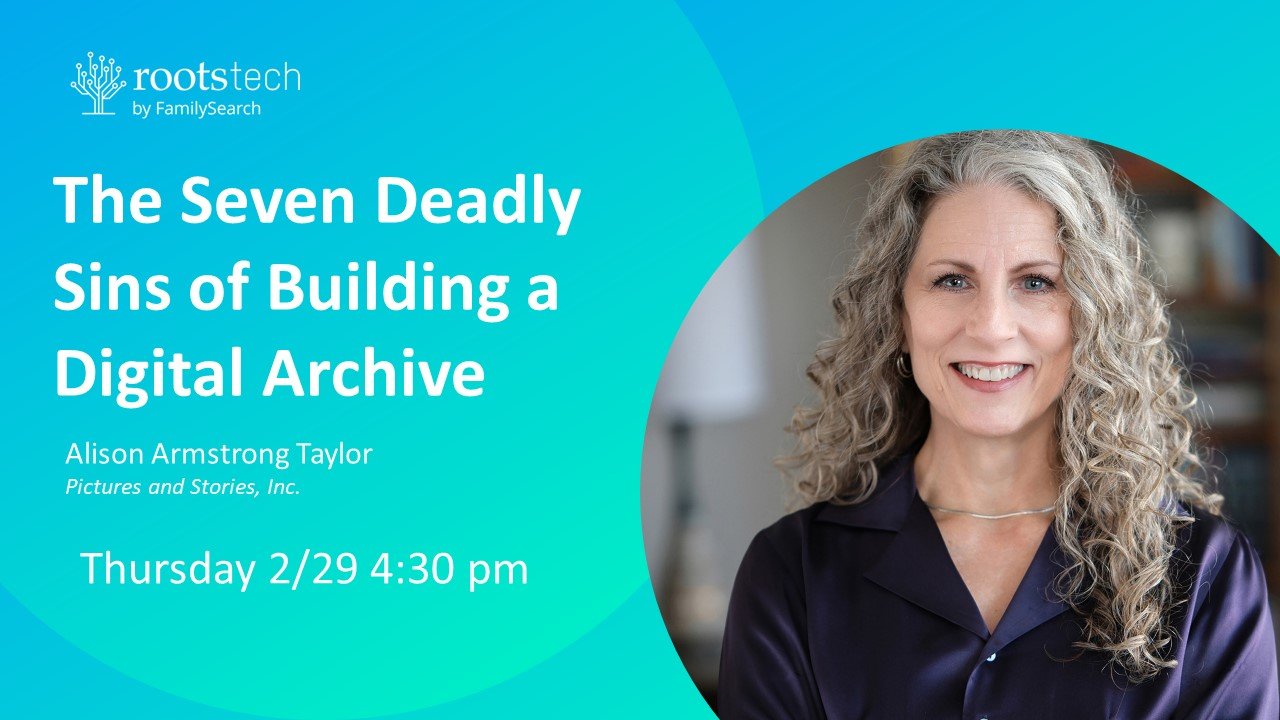Just came across an interesting post from Dick Eastman's blog that I thought I'd pass along. He shares his experience with the new Google Photos app, which will upload and store an unlimited number of your smartphone photos and video to the cloud, gratis. You can also upload photos from your desktop or tablet. Sounds great, but is there a catch?
I have yet to use Google Photos for photo storage, but I'm curious to check it out more fully. Currently I use a combination of hard drive storage and storage on Dropbox. But there is one downside to Google Photos at first glance:
ONE IMPORTANT LIMITATION* TO CONSIDER
Here is the catch: if any of your photos are larger than 16 megapixels in dimension, about 4920 x 3264 pixels, they will be downsampled to that dimension. That means that extra pixels will be unceremoniously thrown away, and there's no getting them back.
This isn't a problem for most online photo usage. If all you want to do is share them on Facebook, no problem. And 16 megapixels are pixels aplenty for making up to about an 8x12 size print.
However, consider this: if you ever want to print your photos larger than 8 x 12 -- to hang on a wall or include in a book -- you will need more pixels to get a quality print. And if Google Photos is your only backup, those pixels are gone for good.
For important photos that you may want to keep full-res, also back them up on a hard drive or cloud service that doesn't have file size limitations.
One last caveat: Don't store your high-resolution digital "negatives" of your archive of scanned photos in Google Photos. (Click here for tips on proper scanning techniques.) Likewise your best photos from your 20-megapixel DSLR.
At least don't make Google Photos your only storage for these items, or someday you may mourn those lost pixels.



